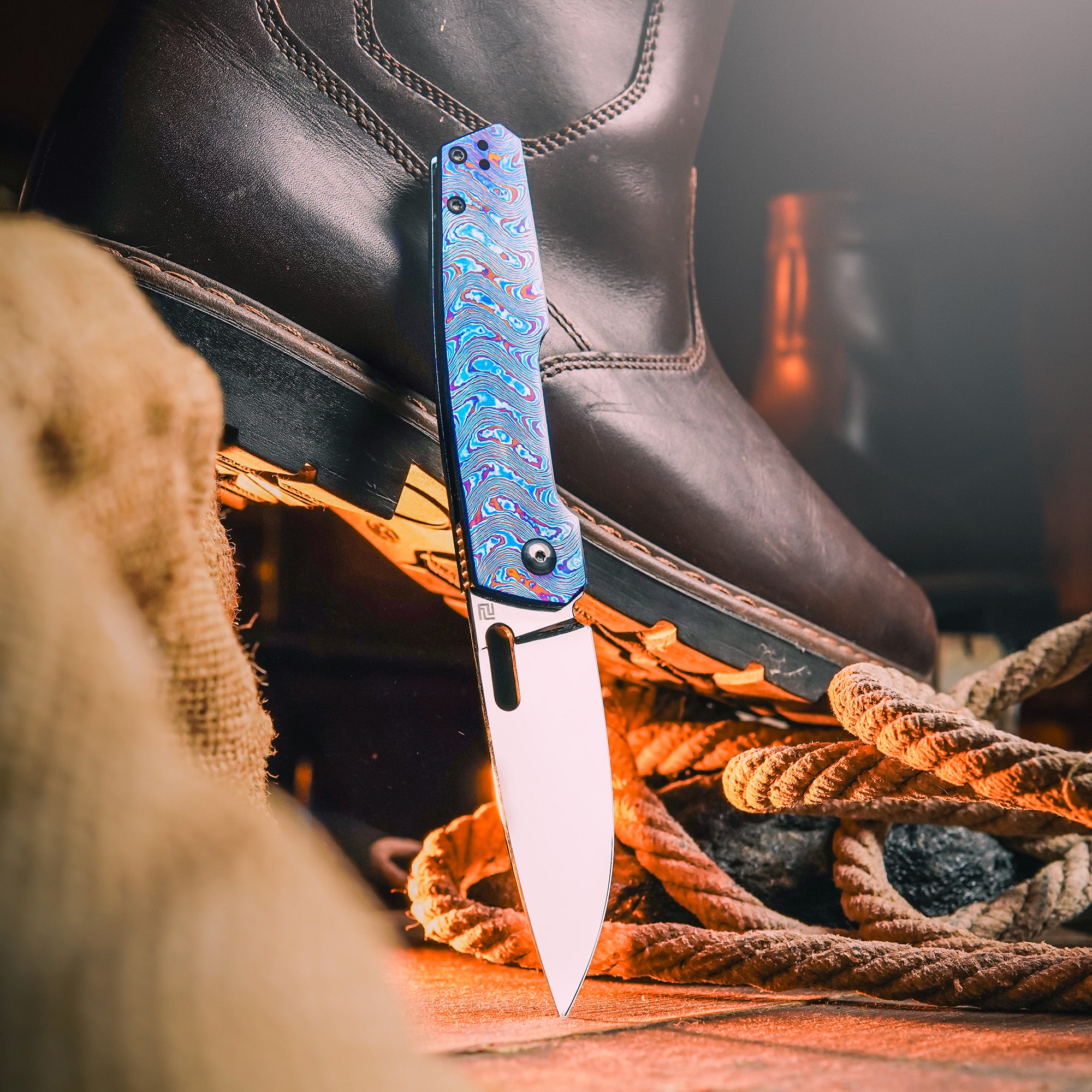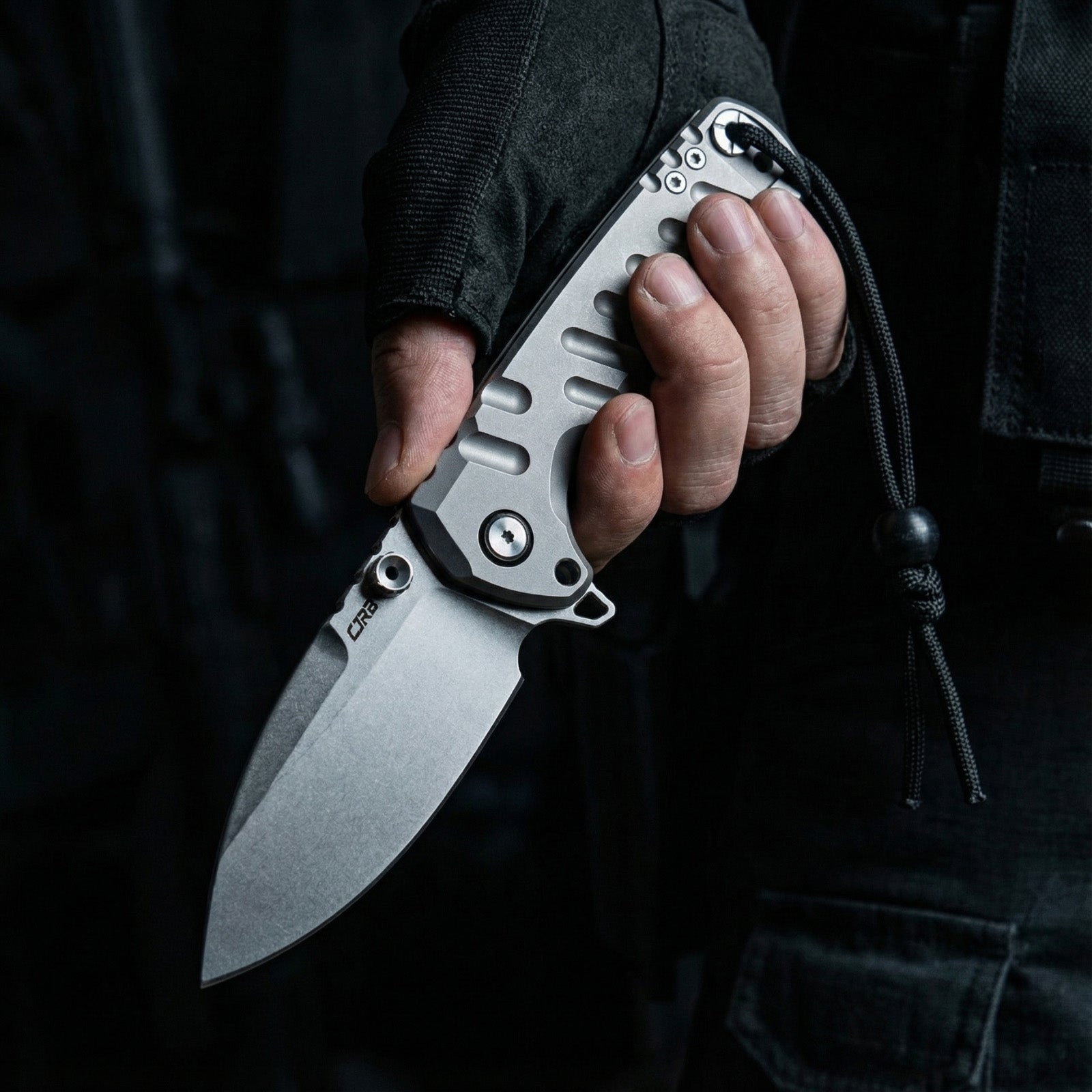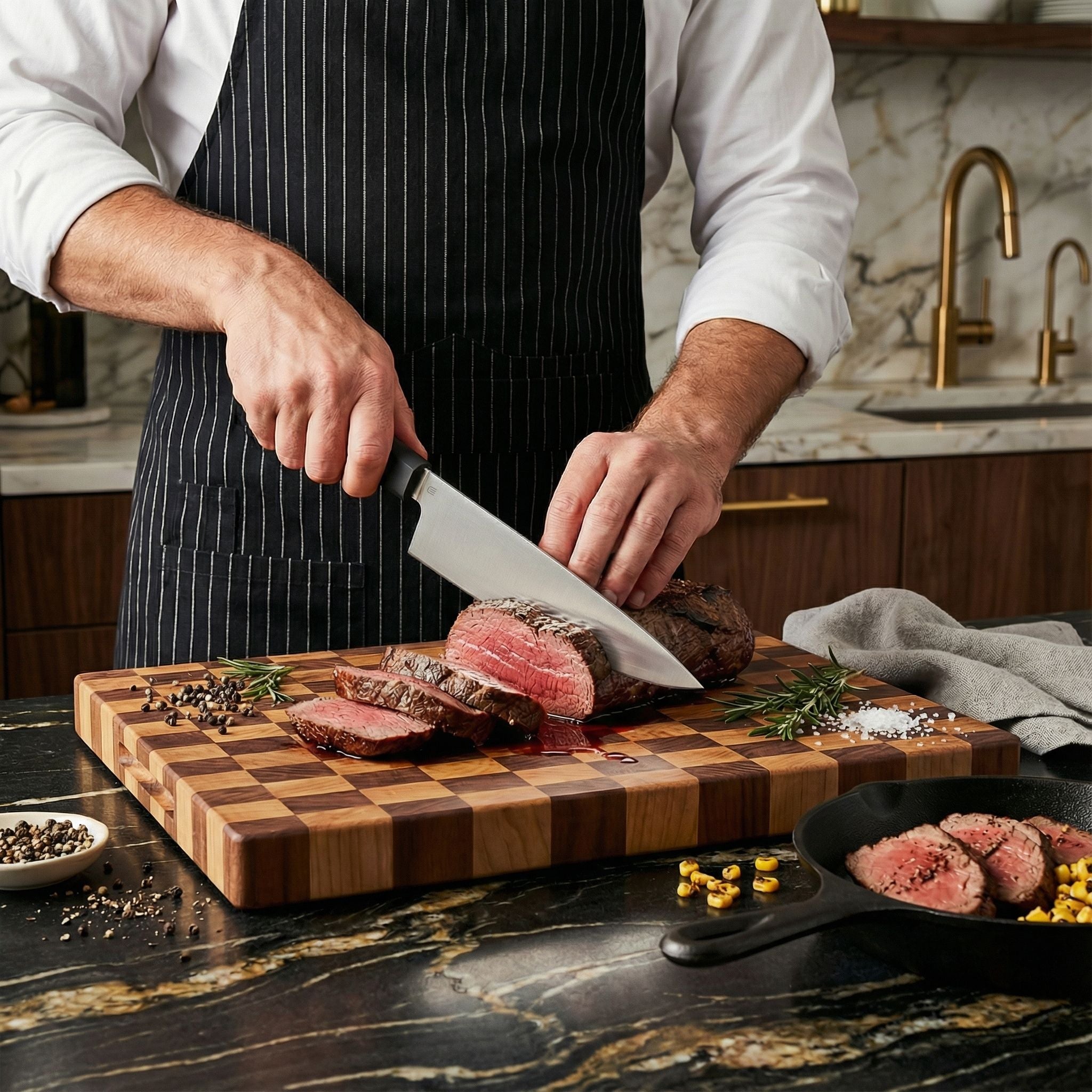There are several different types of knives that are commonly used by both avid collectors and everyday carry. Two of the most popular types are the lock knife and the folding knife. While both feature blades that can fold into the handle for compact storage, they differ in their opening and closing mechanisms, as well as legal regulations depending on location. Understanding the distinction between these two knife types is important for both functional use and compliance with applicable laws. In this article, we will explore the characteristics of lock knives versus folding knives and how they vary in terms of technical design, stability, and legal definitions.

What Is a Lock Knife?
A lock knife features a mechanism that secures the blade in the open position with a locking element, such as a collar or liner, to ensure the blade does not fold during use. Some common locking mechanisms include the frame lock, liner lock, and axis lock. This provides rigidity and prevents accidental closing of the blade when pressure is applied during cutting or carving tasks. However, due to the secure locking aspect, laws governing lock knives are more stringent in certain jurisdictions. In the UK, for example, lock knives with blades over 3 inches are prohibited for carrying. In the US, legal restrictions may apply at the state level depending on blade length and design features. It's important for knife owners to understand applicable knife laws where they live before carrying or using any lock knife configuration.
What Is a Folding Knife?
A folding knife operates using a torsion bar or pivot design that allows the blade to flip or swing out of the handle and lock into place during opening. Common types include slip joints, lockbacks, and frame locks. Unlike most lock knives, basic folding knives lack a securing mechanism to keep the blade rigidly in the open position. As such, the blade may fold back against persistent pressure. For this reason, laws governing folding knives tend to be more permissive than those for lock knives. In most areas, ordinary folding knives with blades under 3-4 inches may be carried by an adult. Some jurisdictions place no restrictions at all on carry as long as the blade can be secured safely inside the handle during transport. For casual use or lightweight carry, a folding knife provides flexibility within usual legal boundaries.
Main Differences Between Lock Knives and Folding Knives
Here is a chart that illustrates the key differences between lock knives and folding knives:
| Lock Knife | Folding Knife | |
|---|---|---|
| Blade Lock Mechanism | Yes, uses various locks to fix the blade open | No, relies on pivot/slip joint |
| Blade Rigidity | Very rigid when locked open | Not rigid for most models, the blade can fold back |
| Safety | Safe for tasks requiring force on the blade | Less safe; the blade may snap back |
| Legal Restrictions | Tighter restrictions, prohibited over 3 inches in many regions | Typically more permissive, better for EDC |
| Carry Position | Usually, a pocket clip or sheath for belt carry | Pocket, bag, or loose carry |
| Opening Method | One-handed opening, flipper, or thumb stud | Two hands are needed for most; some modern ones allow for a one-handed opening |
| Used For | Heavy-duty cutting tasks requiring force | Light everyday tasks, portable carry |
By understanding these trade-offs, buyers can select the right knife type that suits their needs, whether it be a rugged lock knife for outdoor work or a portable folding knife for discreet urban carry. Properly informed, enthusiasts gain access to the full spectrum of knives specialized for different roles.
Conclusion
In summary, the main differences between lock knives and folding knives come down to how securely their blades lock open, their stability under pressure, and varying legal regulations. As a general guideline, lock knives are best for applications involving heavy cutting pressure or safety due to their stable, locked design. Folding knives strike a good balance of portability and occasional light use due to lax legal compliance. Understanding the subtle variations in knife types and discerning the right tool for different situations is an important aspect of being a well-informed enthusiast.

FAQs
- Q1: Which one is stronger?
- As mentioned, lock knives are typically stronger since their blades lock fully open and can withstand more pressure during serious cutting tasks. However, quality folding knives are still very durable for lighter everyday use.
- Q2: Are folding knives more discreet?
- Often yes, since their blades don't protrude from the handle as much when closed. This low-profile design makes folding knives easier to discreetly carry on your person.
- Q3: Can you lock a folding knife blade open?
- While some high-end folding knives have internal lock mechanisms, most do not. Without a locking element, the blade on a standard folding knife will pivot closed under pressure instead of staying rigidly open.
- Q4: Are there blade length limits?
- Laws regulating knife carry differ in each location, but in general, lock knives face more restrictions above 3-4 inches than folding knives of a similar size. Always check your local statutes.










Leave a comment
All comments are moderated before being published.
This site is protected by hCaptcha and the hCaptcha Privacy Policy and Terms of Service apply.